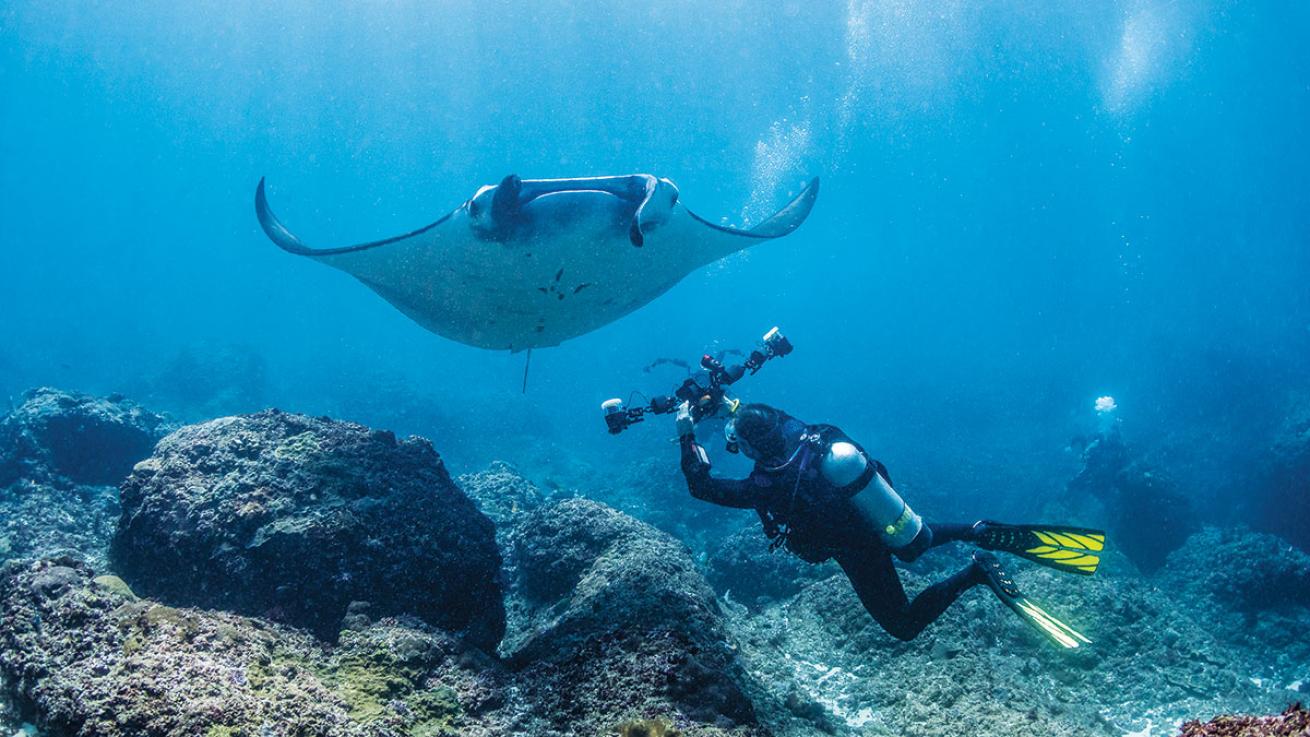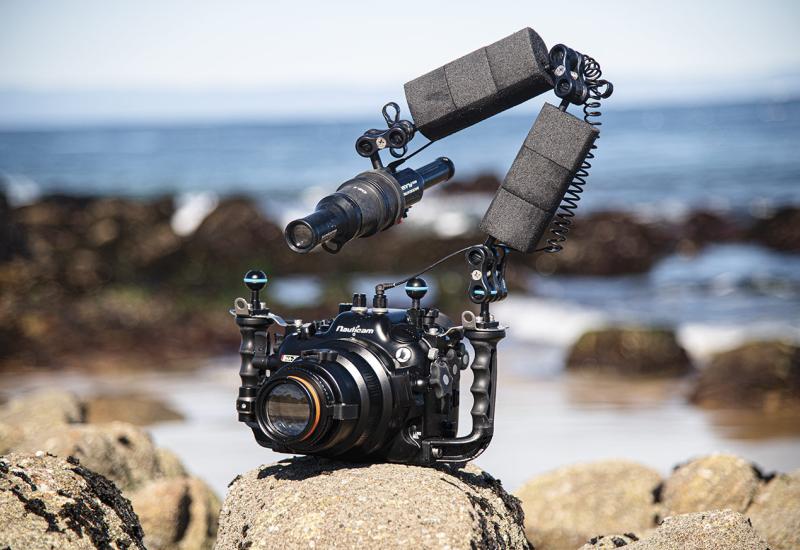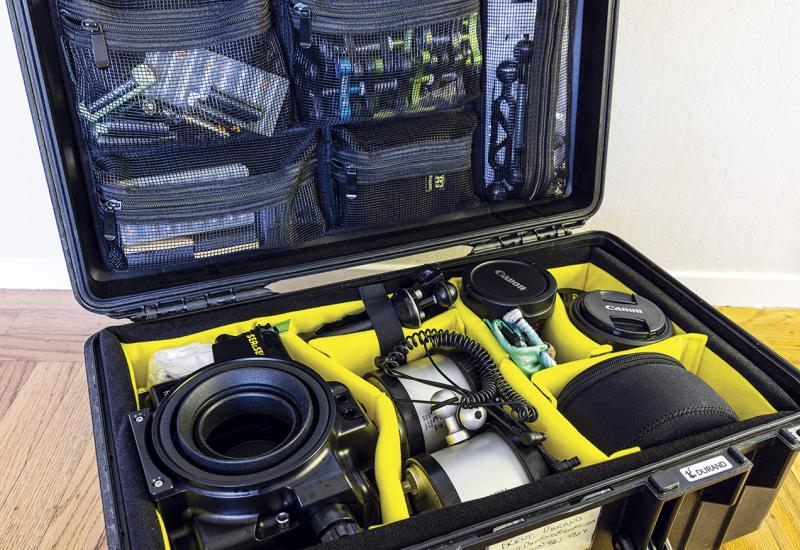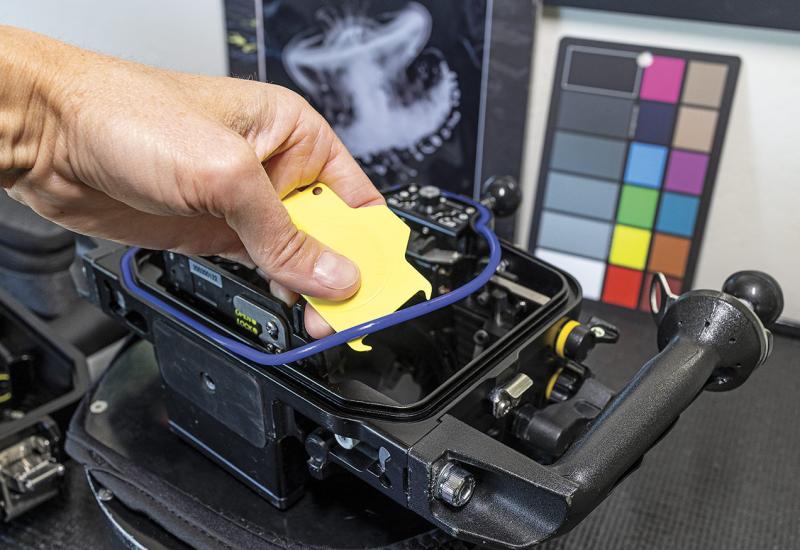Beginner Tips for Shooting Underwater Video

Brent DurandThese beginner tips will help improve your underwater video shooting skills.
Underwater video brings the sub-surface world alive. It expresses the energy, movement and rhythms that still photos cannot, delivering fascinating portrayals of personality and unique marine life interactions.
Great video is sure to capture the attention of most divers, however there are some basic tips to keep in mind to ensure your video stands out.
Keep Steady, Keep Stable
The most important thing you can do to improve your video is to keep the camera steady. This starts with mastering your buoyancy. Experienced video shooters can hover in place with minimal movement, fully aware of their dive stats, reef, marine life and divers in the near vicinity. When this skill becomes second nature, the focus can shift to holding the camera perfectly stable.
Most underwater video shooters use accessories to help deliver stable footage. Wide-angle rigs can benefit from floats that help achieve neutral buoyancy, while macro rigs often use a tripod to eliminate even the smallest of movements.
“Wow” Subjects
Another easy way to wow your friends and rack up Facebook video views is to shoot and share video of interesting subjects.
You don’t need to log every critter you find during the dive. Instead, pick one of every three critters, but pay extra attention to getting that stable, well-composed clip.
Wait for the Action
In the world of media, less is often more. Your video will have more impact if you focus on the unique behaviors, movements, and actions of your subjects and fellow divers. This tip holds true for shooting single clips as well as longer edits of multiple clips.
Lighting and Color
The general rule for video is that lights are best for subjects within 5 feet of the camera. Simply switch off your light(s) if the subject is farther away. If you know you’ll be shooting without lights (referred to as ambient light), you’ll get the best results with manual white balance. Most cameras allow you to set this with a few button presses. Auto white balance is sufficient when shooting with video lights, however some advanced shooters will opt for manual white balance here as well.
Practicing these tips with automatic video settings will help take your video to the next level.










